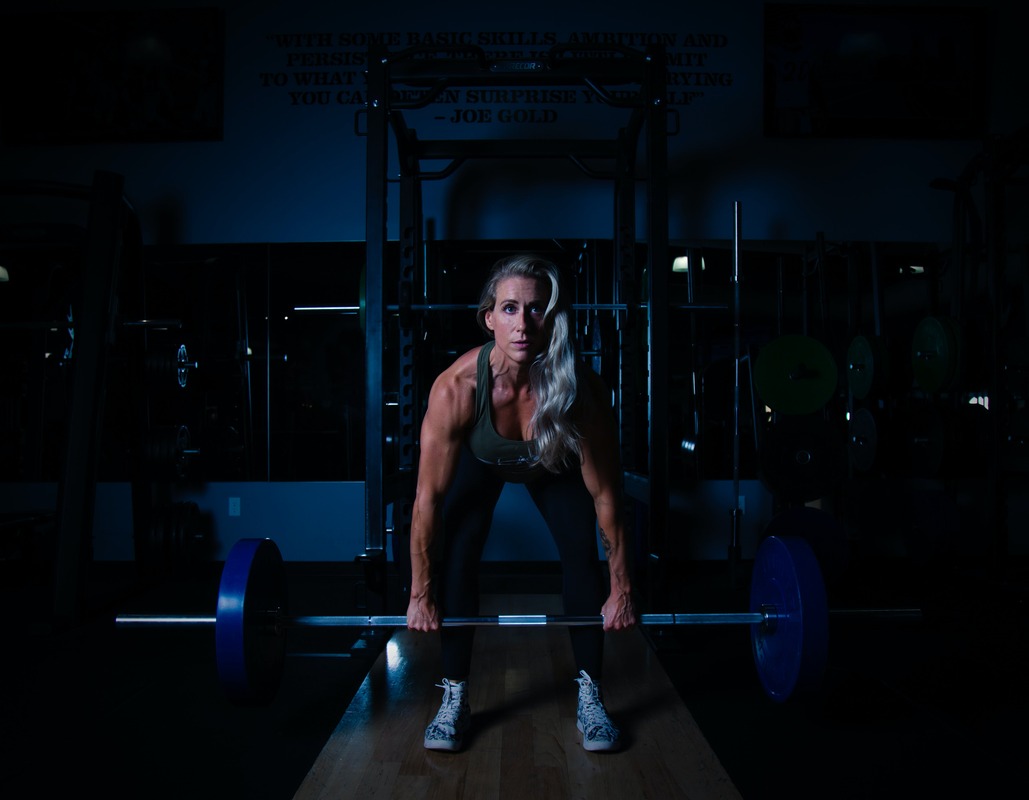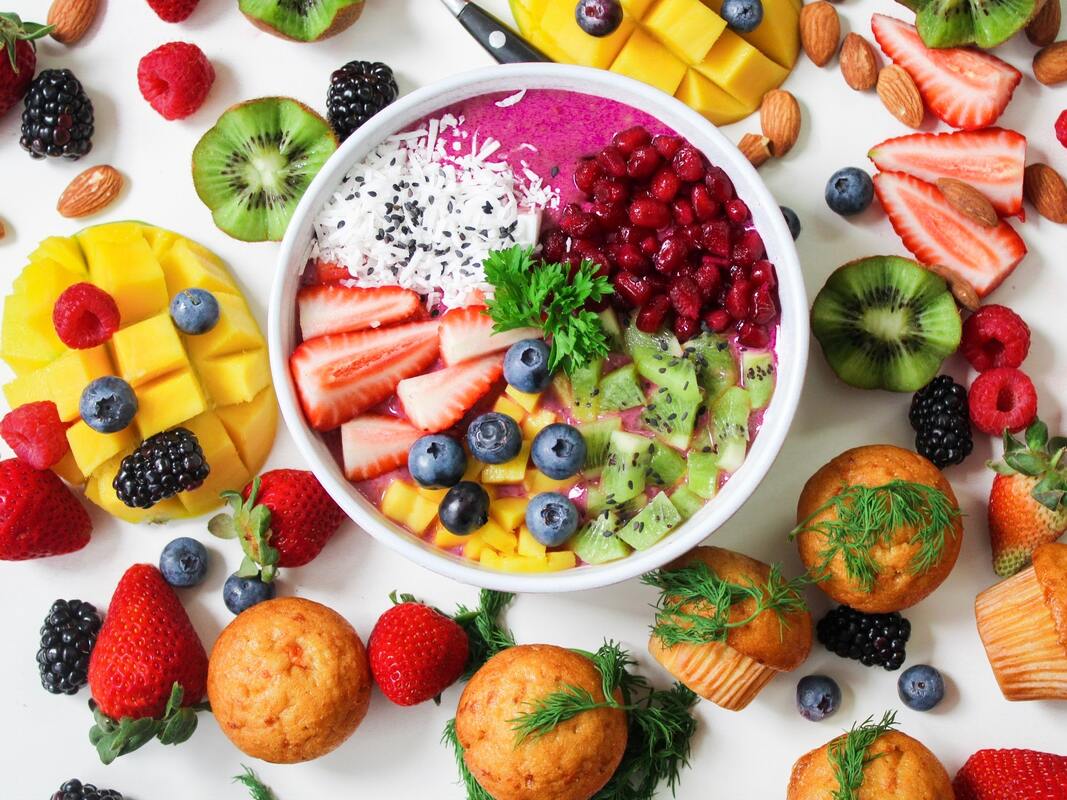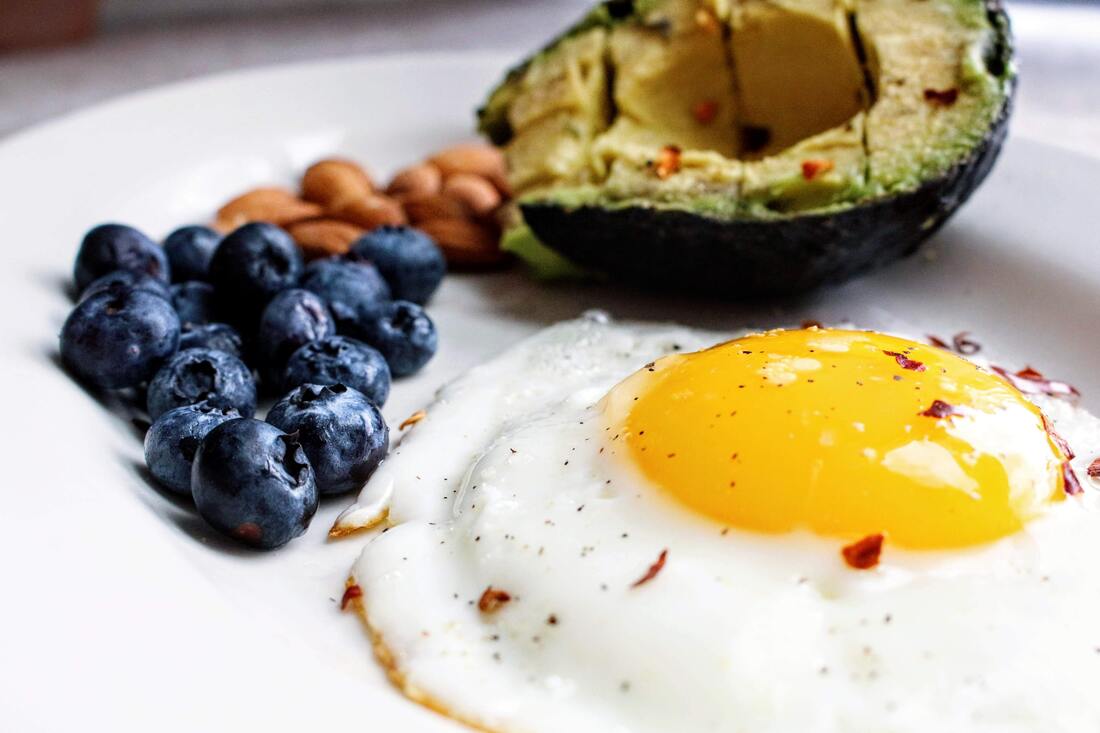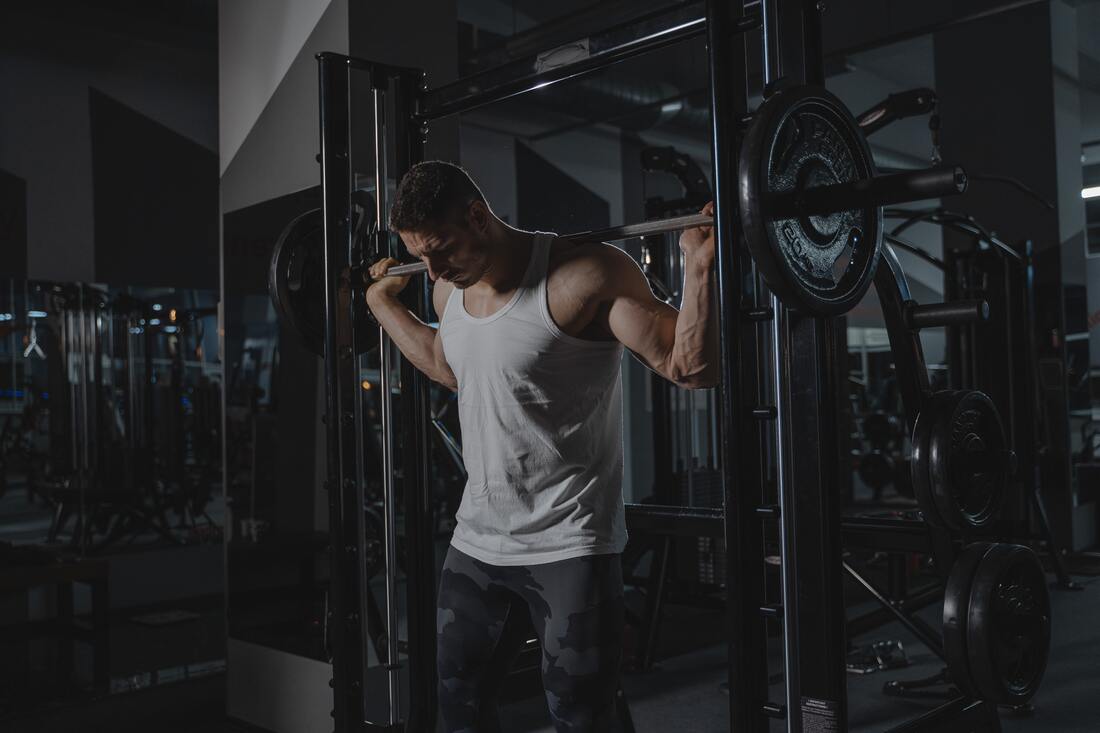Exercise to stimulate, not to annihilate. The world wasn’t formed in a day, and neither were we. Set small goals and build upon them. The start of the year is an exciting time for fitness.
You may be super motivated right now, which is fantastic. There’s no better mental place to get started! But are your habits up to the task? Fat loss and muscle gain are often oversimplified as a matter of calories, protein, and resistance training. While these are fundamental components of the physique development process, fat loss and muscle-building phases require a lot more if you want to get the best results possible. That’s why, when I take on a new client, I don’t plunge them into a deficit or a surplus on Day 1. This approach could do them more harm than good if they didn’t have certain key habits in place, which I help them develop over the initial weeks of coaching. Some of these habits are always a priority, whereas others are more important in a deficit and less so in a surplus, or vice versa. Let’s start with the habits that are always a priority, no matter the phase.
0 Comments
Stay committed to your decisions, but stay flexible in your approach. Religiously tracking calories over the winter holidays isn’t often practical or enjoyable.
However, I completely understand if you’re anxious about taking a break from it because you worry that you won’t be able to maintain your results, what with all the festive food available in the office or at the store, and the social meals you may have planned. Nevertheless, while tracking can be a very helpful tool, it’s not the main contributing factor to your results, even if it can feel that way. The real contributors to your success so far are the new nutrition- and movement-focused habits that you’ve been building while calorie- and macro-tracking. If you maintain these habits, you will maintain your results, whether you’re tracking or not. That’s why in this article I want to focus on these five tips to help you maintain your fitness and health-focused habits should you choose not to track for a couple of days over Christmas, New Year’s Day, or any other holiday you may be celebrating this month: If we could give every individual the right amount of nourishment and exercise, not too little and not too much, we would have found the safest way to health. Unless you live in Florida or a similar part of the world where it’s always relatively warm and sunny, and unless you’re reading this in the opposite Hemisphere to mine, it’s that time of the year again: flu season.
Fortunately, by working on your fitness, you can whip your immune system into shape, increasing your chances of either staving off common illnesses completely, or at least reducing the severity of any symptoms you may experience. If, like some of my legendary clients, you’re an athlete following an intense program, work with children or do shift work, or you find yourself getting sick often at this time of year for any other reason, then this article is for you. These are my top five evidence-based tips to support and enhance your body’s natural defences: What the fitness is the PTC ratio?
It’s an acronym I made up (and promptly copyrighted, of course) that stands for “protein-to-calories” ratio. The term “range of motion” (ROM) has two main definitions:
As a muscle goes through its range of motion around a joint, it changes length from a shorter to a longer length, and vice versa. For this reason, the second definition of ROM is the more relevant to this article. But why would you care about muscle length? |
Nikias TomasielloWelcome to my blog. I’m an online fitness coach with a passion for bodybuilding, fantasy, and bread. Want to work with me? Check out my services!Archives
May 2024
Tags
All
|
Follow me on social media |
Get in touch |
© 2018-2023 Veronica Tomasiello, known as Nikias Tomasiello – All rights reserved





 RSS Feed
RSS Feed